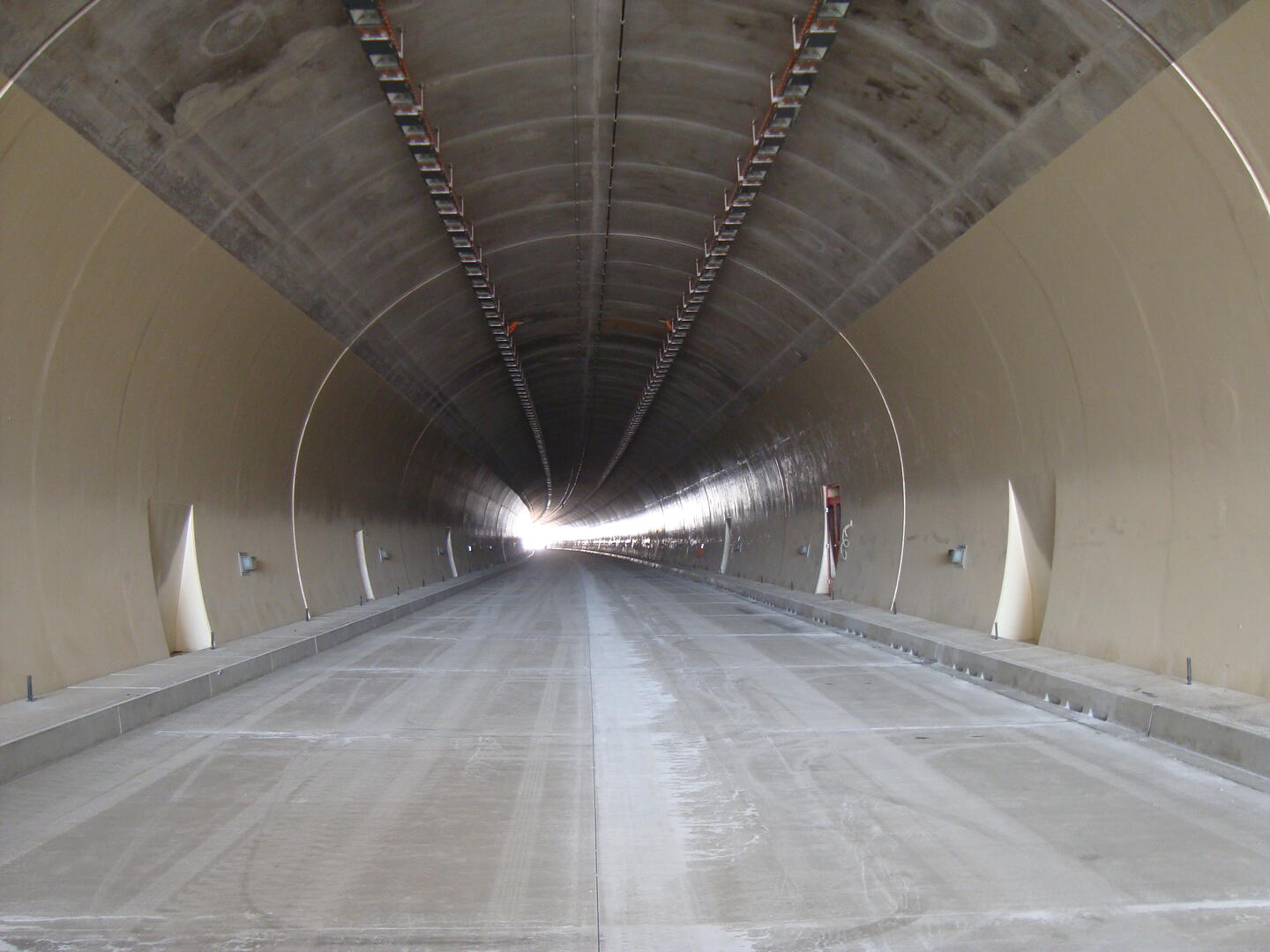Software Used on this Project
Project Overview
In infrastructure development, the ability to accurately assess the impact of settlement on surrounding assets and utilities is key. The Arup Geotechnical team regularly work on projects involving tunnel-induced impact assessments. Leveraging the capabilities of Oasys XDisp, they are able to model complex scenarios, such as congested underground urban environments, and assess ground behaviour in projects that have strict requirements and tight constraints. The following use case provides an example showcasing how XDisp can be employed to assess the impact of tunnel-induced impact settlements in the context of large infrastructure projects.

The example discussed in this use case follows a project involving a tunnel with a segment length of 7.5 feet and an overall length of six miles. The longitudinal progressive tunnel-induced settlements on thousands of nearby existing assets needed to be accounted for. Given the sheer scale of the project, traditional approaches and numerical methods would have led to software overload and crashes. Under challenging time constraints, the Arup team came up with an innovative solution, turning to XDisp as their software of choice.

How Oasys proved invaluable
Large infrastructure projects usually require splitting numerical models into multiple stages to represent the planned construction sequence. In this example, the model was divided into 5,000+ construction stages to undertake an accurate assessment. As part of the process, a master model containing all assets, excavations, and construction stages was created.
Due to the vast project scale, the Arup team developed and implemented a unique workflow with the creation of asset-specific models generated using a Python script. The master model and asset’s start and end change were used as inputs.
Using the script, the longitudinal impact was calculated using XDisp. The asset-specific models were then sequentially run, using gradual volume loss values until the asset reached 80% utilisation. The results helped the team determine the locations where they needed to achieve a smaller volume loss to control the settlement which were then added to the utility schedule.

Model example of tunnel-impact assessment in Oasys XDisp
While incorporating a line-wide 0.5-inch surface settlement limit, XDisp enabled the team to show that a fixed line-wide settlement limit may not be the best approach since assets can fail below or above 0.5-inch settlement at different locations.
“The developed tool (Oasys XDisp) is a real differentiator for Arup for this project and future tunnelling projects. We can deliver more efficient and faster impact assessment analysis for tunnelling induced movements on structures, buildings and utilities. For the scale of our project where we have thousands of utilities and hundreds of buildings, this tool is a game changer.” – Andreas Raedle, Project Director at Arup
These types of computer code script can be used in a wide variety of projects, requiring only XDisp and a Python compiler to run. They are easy to incorporate into larger automation workflows and are compatible with automation platforms. Examples of this are publicly available from the HS2 project, where Ayrton Gill’s award-winning research expressed that “a digital approach provides an opportunity to improve the quality of work delivered, and often vastly increases time efficiency.”
We’d like to thank Roham Akbarian Engineer, Jon Berkoe, Associate Principle and Andreas Raedle, Project Director at Arup, for sharing this work with us.
To learn more about how to implement Oasys XDisp into your projects, contact us today at [email protected] or visit the product page to find out more.
Want to learn more about how automated workflows can help improve your projects! Read our linked in article ‘Why taking a digital approach for your Ground Movement Assessment projects is the way forward: Streamlining utilities HS2 Euston Station project’ here.
